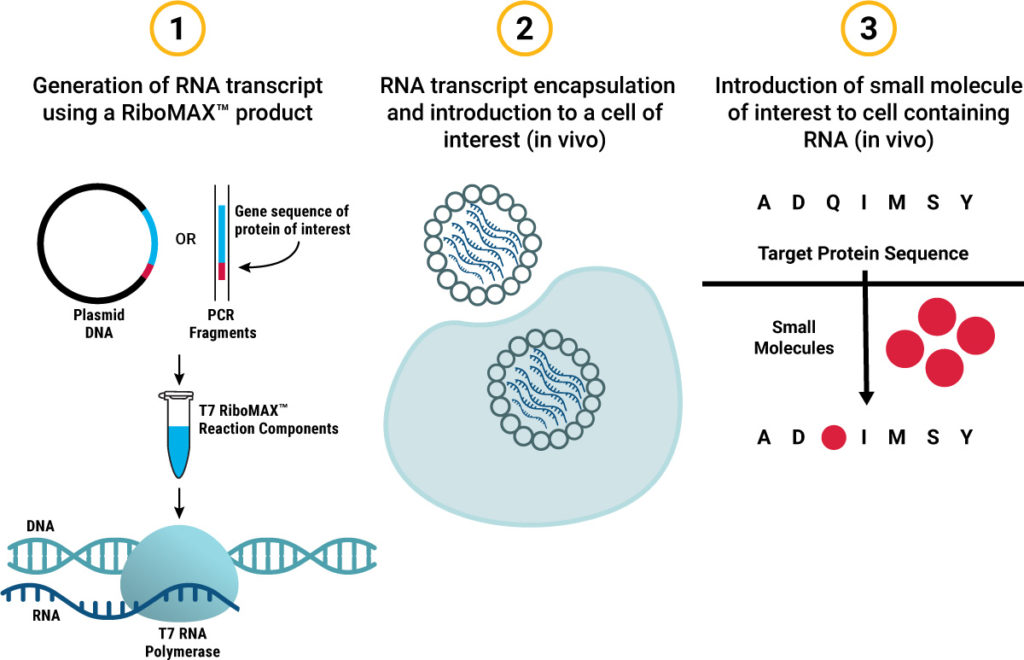Prior to 2020, there were two major outbreaks of coronaviruses. In 2003, an outbreak of SARS-CoV sickened 8098 people and killed 774. In 2012, an outbreak of MERS-CoV began which so far has sickened 2553 and killed 876. Although the overall number of MERS cases is low, the disease has a high fatality rate, and new cases are still being reported. Even though fatality rates are high for these two outbreaks, containment was quickly achieved. This makes development of a treatment not commercially viable so no one had undertaken a large effort to develop an approved treatment for either coronavirus infection.
Fast forward to late 2019/2020… well, you know what has happened. There is currently no reliable antiviral treatment for SARS-CoV-2, the coronavirus that causes COVID-19 infections.
Zhang, et al. thought of a way to make an antiviral treatment commercially viable. If the treatment is actually a broad-spectrum antiviral, it could be used to treat more than one infection, meaning, it can be used to treat more people and thus be seen as more valuable and worth the financial risk to pharmaceutical companies. So, they decided to look at the similarities between coronaviruses and enteroviruses.
Why enteroviruses? Enteroviruses are responsible for many human illnesses that tend to affect children such as hand, foot, and mouth disease, other Coxsackieviruses, and they include typical human rhinoviruses which cause the common cold. While enteroviruses are generally mild, they can be very uncomfortable and even cause serious illness if they infect the central nervous system.
The researchers found that coronaviruses and enteroviruses share common features in proteases that are important for viral infection. Proteases break down proteins into smaller proteins. Some proteases recognize specific locations in the sequence of amino acids that make up a protein. Enteroviruses and coronaviruses have proteases that share a specific requirement to function properly: the presence of glutamine, an amino acid. The presence of a similar cut site in both kinds of viruses makes these proteases good targets for an antiviral drug that would be effective against both coronaviruses and enteroviruses. Even better, there is no known human protease with the same requirement for glutamine which lessens chance of toxicity to humans.

The researchers decided to focus on a group of compounds called α‑Ketoamides. They chose these compounds for testing because they have been found to be accepted into proteins in place of glutamine. But because they are not glutamine, the protease cannot cleave the protein properly, and viral replication cannot be completed. In order to test the α‑Ketoamides for their potential effects on virus replication, Zhang, et al. chose Promega’s RiboMAX RNA Production System to generate the many RNA transcripts they would need to be able to infect cells in culture, using plasmid DNA as a template. This study showed that α‑Ketoamides, which are already used as antivirals for other diseases, can be successfully used to prevent viral replication of coronaviruses and enteroviruses. The research group plans to study this further with the MERS coronavirus.
Related Posts
Latest posts by Promega (see all)
- One Health and H5N1: Promega’s Commitment to Holistic Solutions - April 8, 2025
- Overcoming qPCR Inhibitors: Strategies for Reliable Quantification - March 13, 2025
- Celebrating Creativity and Innovation: The 2025 Promega Employee Art Showcase - February 4, 2025
